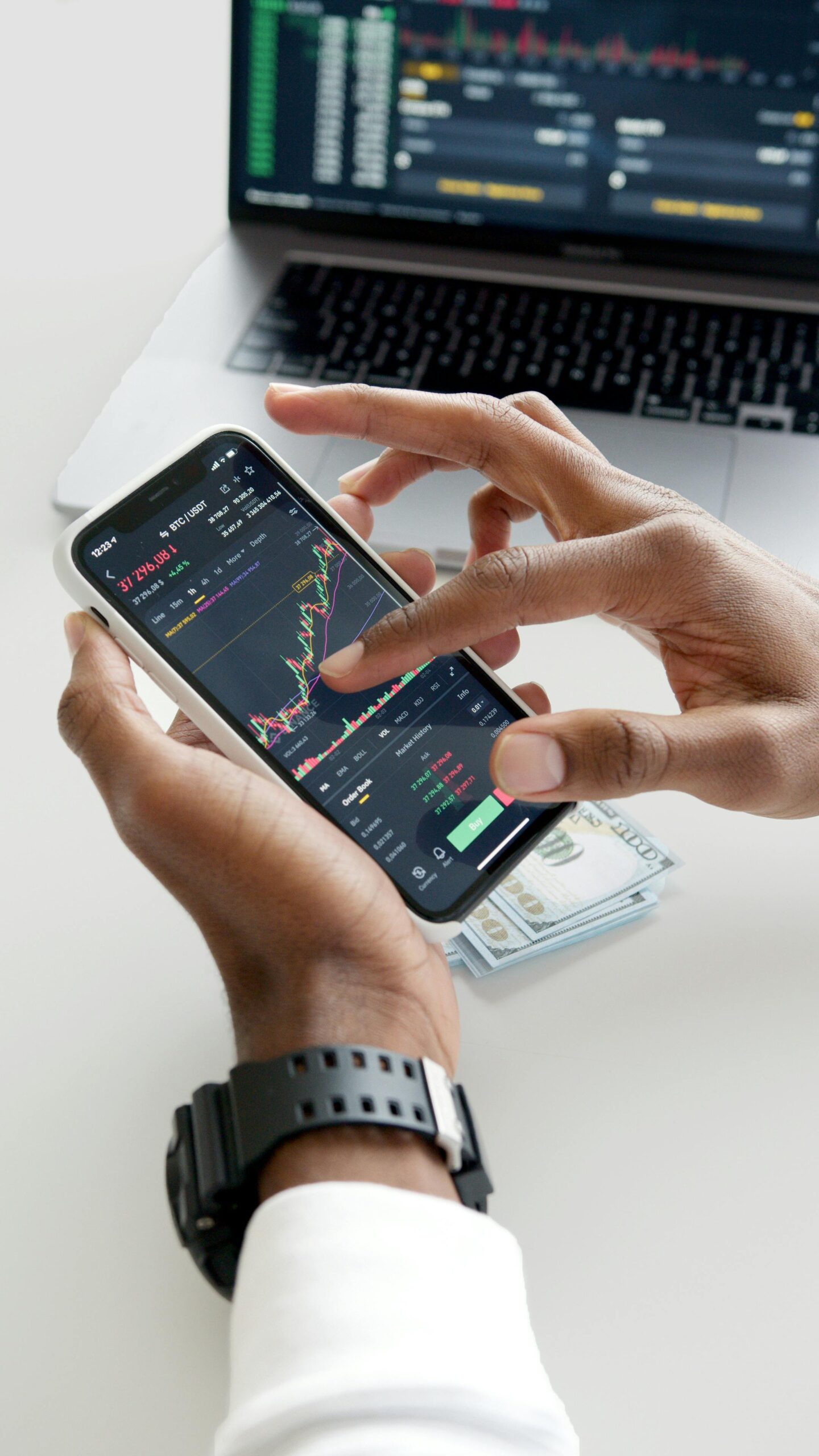Are you considering making a spot trade but need to figure out how long it will take? Spot trades are becoming increasingly popular in the financial markets as an efficient and relatively low-cost way of trading. With the rising popularity comes many traders asking: How long does a spot trade take to complete? This article is intended to provide some insight into what goes on during the entire process, from when a trader places their order right up through execution and settlement.
We’ll outline all the steps that need to be taken for this type of transaction so that you can understand what’s involved – and how much time it may take. So whether you’re looking for more information as part of your day-trading strategy or just curious about the timeframe associated with spot trades, read on.
Understand the Basics of Spot Trading
In the world of finance, spot trading is a term that refers to buying or selling an asset for immediate delivery and payment. It is essential for anyone who wants to participate in the trading scene to understand the basics of spot trading. In this type of trading, the asset’s price is determined by supply and demand, which can fluctuate rapidly depending on market trends, economic indicators, and political events.
Spot trading is considered more straightforward than other types of trading because no complex derivatives or contracts are involved. However, it requires careful analysis and execution to potentially maximise profits while minimising potential losses. Understanding spot trading basics can provide valuable insight into the workings of the finance market and its impact on global economies.
Know the Different Trades Available on Spot Trading Platforms
Once you understand spot trading, you must know the different types of trades available on spot trading platforms. These include market orders, limit orders, and stop-loss orders. Market orders are the most common type of order in spot trading. They involve buying or selling an asset at its current market price. It can be a quick and efficient way to execute a trade, but it does not guarantee the exact price at which the order will be executed.
Limit orders allow traders to specify the maximum or minimum price they are willing to buy or sell an asset. These orders can provide more control and better execution prices, but there is no guarantee that the order will be filled if market conditions do not meet the specified limit.
Stop-loss orders are used to limit potential losses in a trade. They allow traders to set a specific price at which their position will be closed if the market moves against them. It can help protect traders from significant losses while allowing for potential gains.
Gain an Understanding of How Long a Trade Takes to Execute
The time it takes for a spot trade to execute can vary depending on the market conditions, order type, and trading platform. Market orders tend to be executed quickly as they are filled at the current market price. However, some venues may delay processing orders or executing trades due to technical issues or high volumes of trading activity.
Limit orders may take longer to execute as they depend on the market reaching the specified limit price. It can take seconds, minutes, or even hours depending on the volatility of the market and the competitiveness of the limit price.
Stop-loss orders will typically be executed when the market reaches the specified stop loss price, so it may take longer for these orders to be filled if there is less trading activity around that price. Additionally, if there are technical issues or delays in processing orders, it may take longer for the stop-loss order to be triggered and executed.
Research the Market Conditions Impacting Your Trade
Another crucial factor that can significantly impact the time it takes for a spot trade to complete is the prevailing market conditions at the time of execution. Market volatility, characterised by rapid and substantial price fluctuations, can create an atmosphere of uncertainty and unpredictability. Additionally, high volumes of trading activity can lead to congestion and delays in order execution, especially during peak trading hours.
Furthermore, unexpected news or events, such as economic announcements or geopolitical developments, can profoundly and immediately affect market dynamics, further influencing the speed at which orders are filled. Therefore, it is imperative for traders to thoroughly research and comprehend these market conditions before entering into any trade. By doing so, they can make informed decisions, adapt their strategies accordingly, and navigate the complexities of the market landscape with confidence and competence.
Conclusion
In conclusion, the time it takes for a spot trade to complete can vary depending on several factors. It is crucial to understand the basics of spot trading and be familiar with the different types of trades available on spot trading platforms. Additionally, researching market conditions and staying current with current events can help traders anticipate delays or changes in order execution times.

